I was really inspired by a post last week by the absolutely brilliant Bea Lubas. It was all about the difference between Creating Stories and Documenting Stories. And that’s pretty much how I started out as a Food Photographer - reaching out to people who had interesting food businesses and asking to go along to document them.
I would get up at dawn to hang out in bakeries as the sun came up (Thanks Hart’s Bakery!).
I put a plea on Facebook for any willing allotment holders for a personal project about why they loved their small plots, and that project turned into my first magazine commission with The Simple Things with
You can’t (shouldn’t?!) be a food photographer unless you have a real passion for the world that surrounds it, and documenting food stories is a brilliant way to begin that journey.
After fifteen years of making Food Photography my career, telling the story of food in this way is still one of my favourite ways to shoot.
I still reach out to interesting food businesses, not only to go along and photograph them, but to also pitch their stories as food features to magazines.
In a studio shoot, the secret sauce comes from understanding how to build compositions from the ground up, but in a documentary shoot you are reacting to the scene in front of you, and trying to tell it in as clear and visual way as possible.
You’re noticing the details and the scenarios that are playing out in front of you. You’re seeking out a composition that has the least distraction and focuses clearly on the subject.
I shot a series of images last year for Vinotopia during the grape harvest of local winemakers, Dryhill Vinyard, which I thought would be a good example of this.
You want to capture both the big picture, and the small details, so wide angle shots to establish the scene, and close shots to focus on the product.
©Kirstie Young
Don’t always take the frame that’s in front of you. Move around it until you find an unusual angle, and seek out ways of framing your subject to really showcase it.
©Kirstie Young
The success of these types of shoots relies on keeping your eyes peeled and reacting quickly when you see a moment that adds human interest and personalises the story.
©Kirstie Young
Keep an eye out for any single colours that can help give you a consistent colour palate in your shots - sometimes they are not the obvious ones!
©Kirstie Young
Focus on textures, colours, shapes and leading lines, and capture any unique details that reflect the character of the business in your shots.
©Kirstie Young
I hope this has been useful, and do message me with any questions, I’m always happy to help.
Thanks for reading, I very much appreciate your support, liking and sharing the content from my Substack really makes a difference and will help me to keep writing!


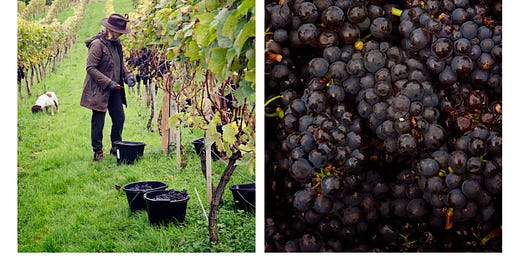





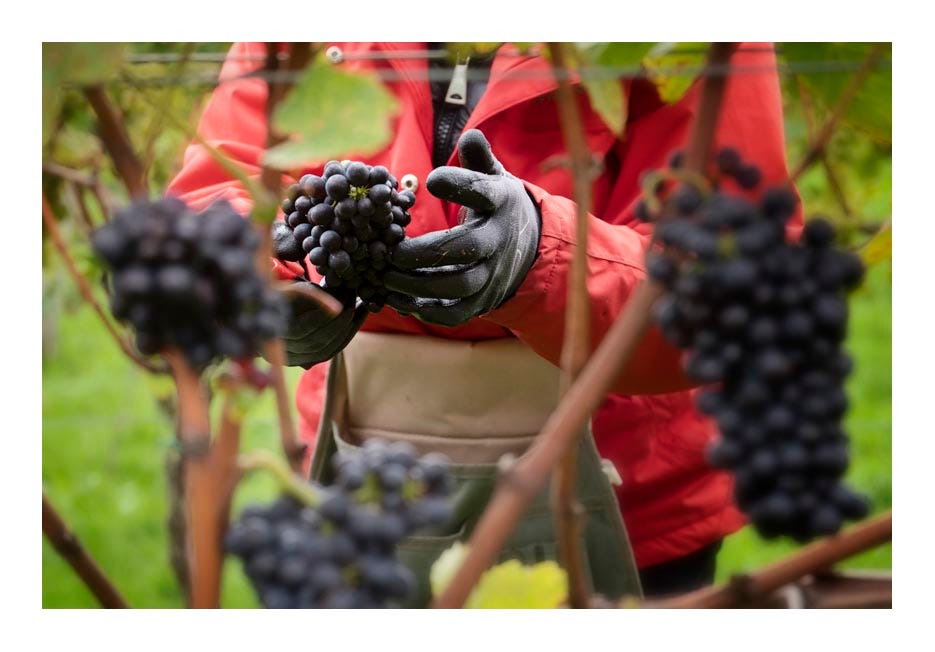
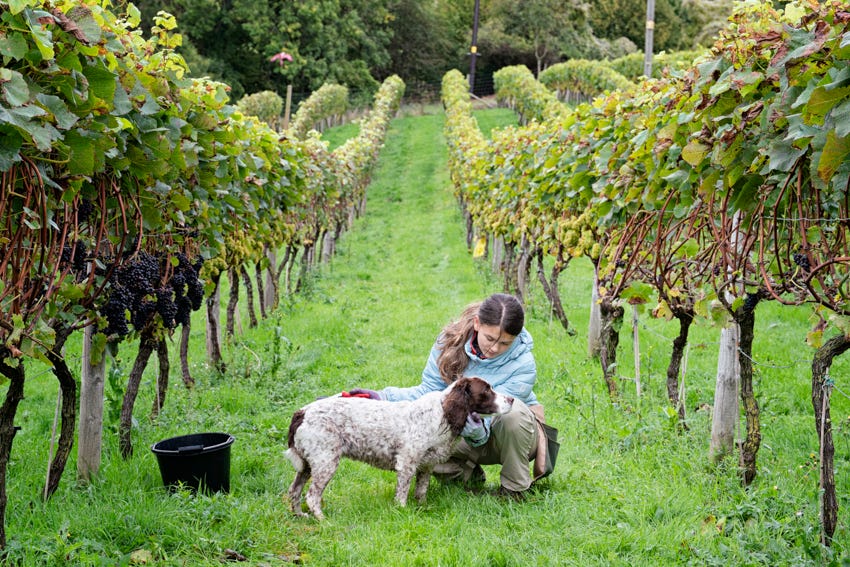
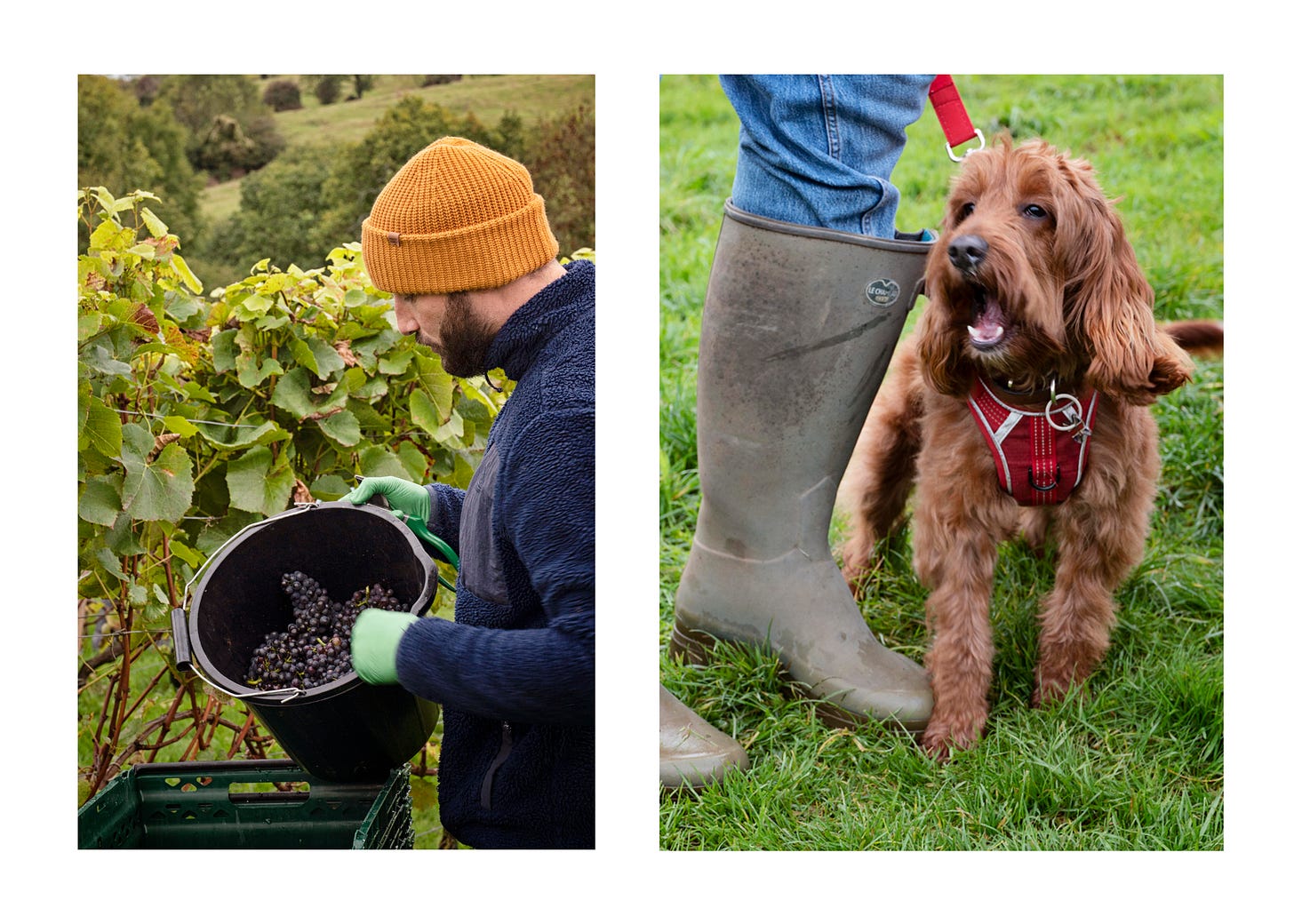
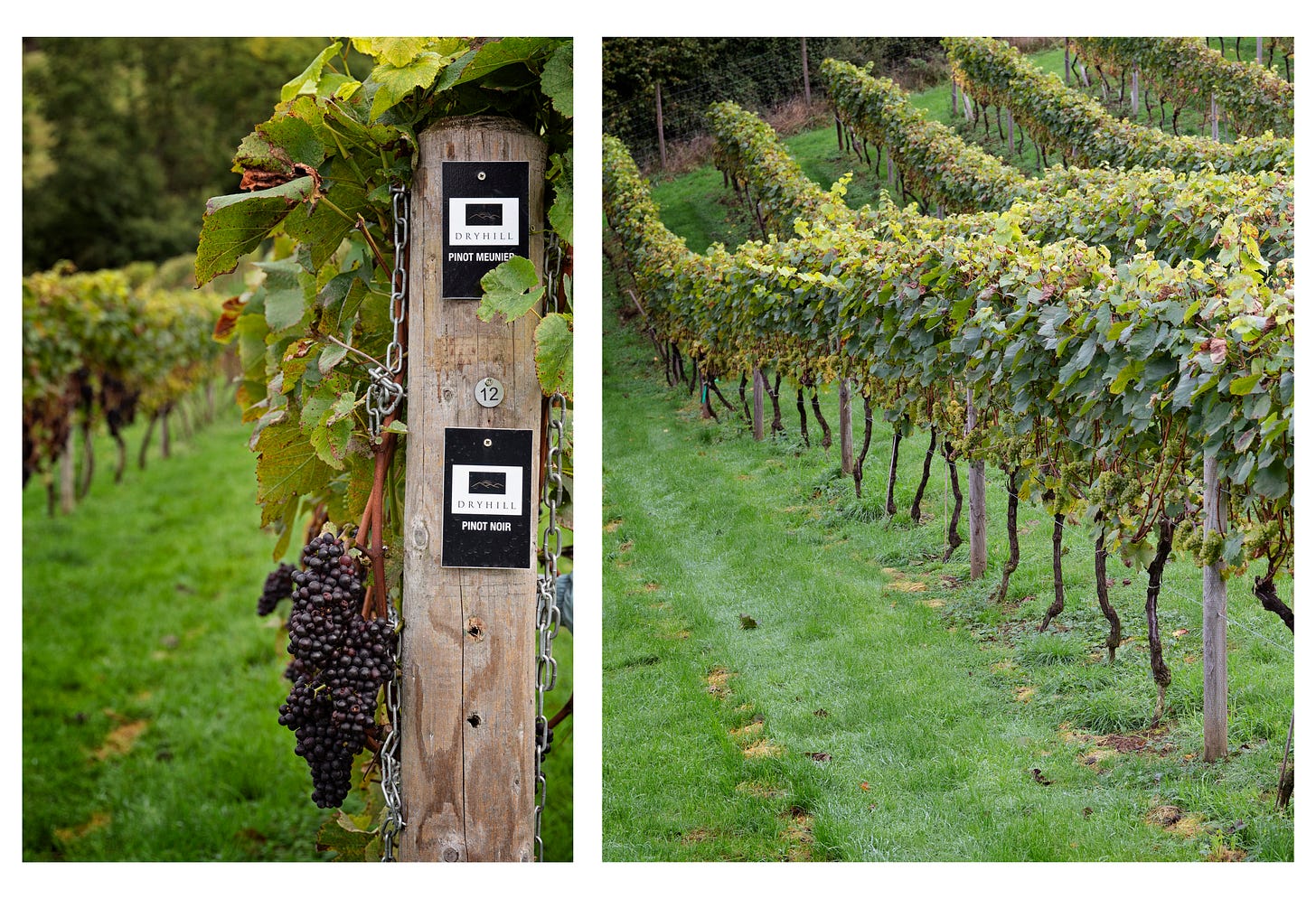

I remember that series you did with Lia - such a great coming together of words and images to tell a greater story